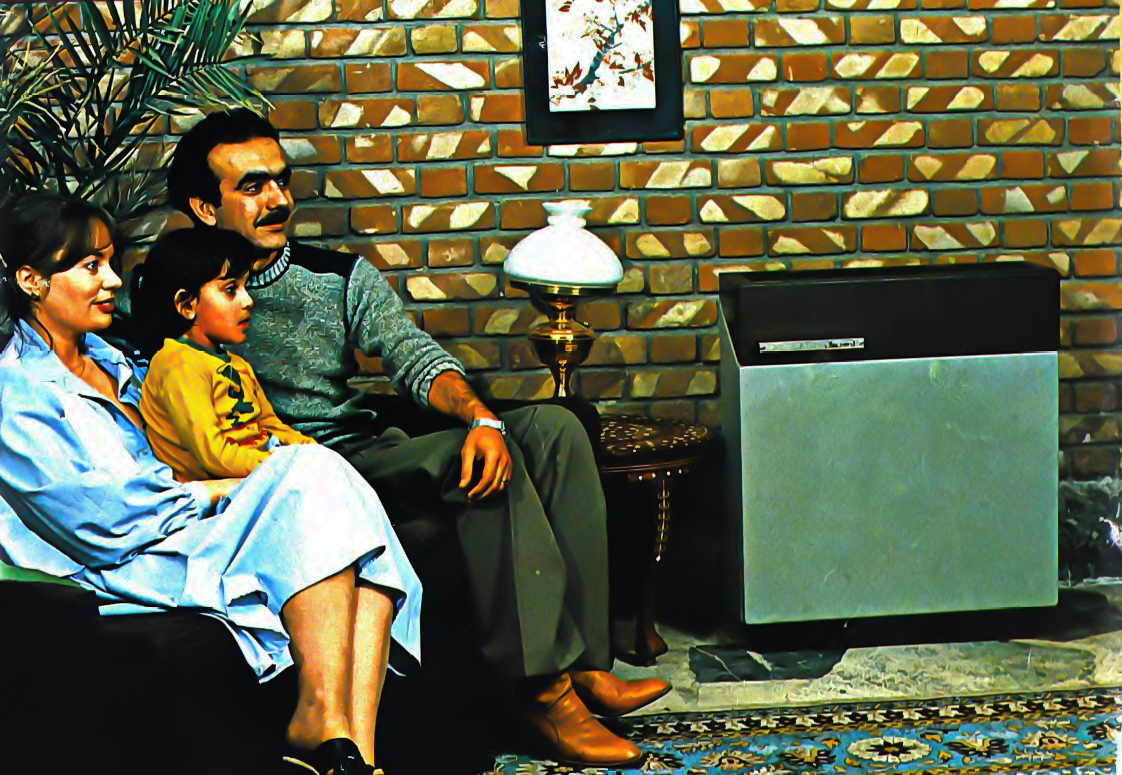From: The Atlantic
Hard Feelings: Science’s Struggle to Define Emotions
The Atlantic:
When Paul Ekman was a grad student in the 1950s, psychologists were mostly ignoring emotions. Most psychology research at the time was focused on behaviorism—classical conditioning and the like. Silvan Tomkins was the one other person Ekman knew of who was studying emotions, and he’d done a little work on facial expressions that Ekman saw as extremely promising.
“To me it was obvious,” Ekman says. “There’s gold in those hills; I have to find a way to mine it.”
For his first cross-cultural studies in the 1960s, he traveled around the U.S., Chile, Argentina, and Brazil. In each location, he showed people photos of different facial expressions and asked them to match the images with six different emotions: happiness, sadness, anger, surprise, fear, and disgust. “There was very high agreement,” Ekman says. People tended to match smiling faces with “happiness,” furrow-browed, tight-lipped faces with “anger,” and so on.
Read the whole story: The Atlantic
More of our Members in the Media >




APS regularly opens certain online articles for discussion on our website. Effective February 2021, you must be a logged-in APS member to post comments. By posting a comment, you agree to our Community Guidelines and the display of your profile information, including your name and affiliation. Any opinions, findings, conclusions, or recommendations present in article comments are those of the writers and do not necessarily reflect the views of APS or the article’s author. For more information, please see our Community Guidelines.
Please login with your APS account to comment.